You've just removed your cylinder head and seen a thick gunk deposit that is clogging the oil drain back holes. Scraping it right off the bat might gouge the surface, and you're thinking about what to do. We have researched the best methods to clean your cylinder head, and here's what we found.
Here are the steps to follow to clean clogged cylinder head drain back holes:
- Determine if your cylinder head is aluminum or iron
- Prepare your cleaning materials
- Remove and disassemble the cylinder head
- Soak the cylinder head in a water and degreaser solution
- Spray brake parts cleaner on the cylinder head
- Wipe the cylinder head dry
If you think a clogged drain is only a problem when your car is in the shop, think again. While a clogged drain is not life-threatening or damaging to your car, it can still cause major problems. We'll cover the symptoms, causes, and fixes of clogged oil drain back holes. Keep reading to learn more.
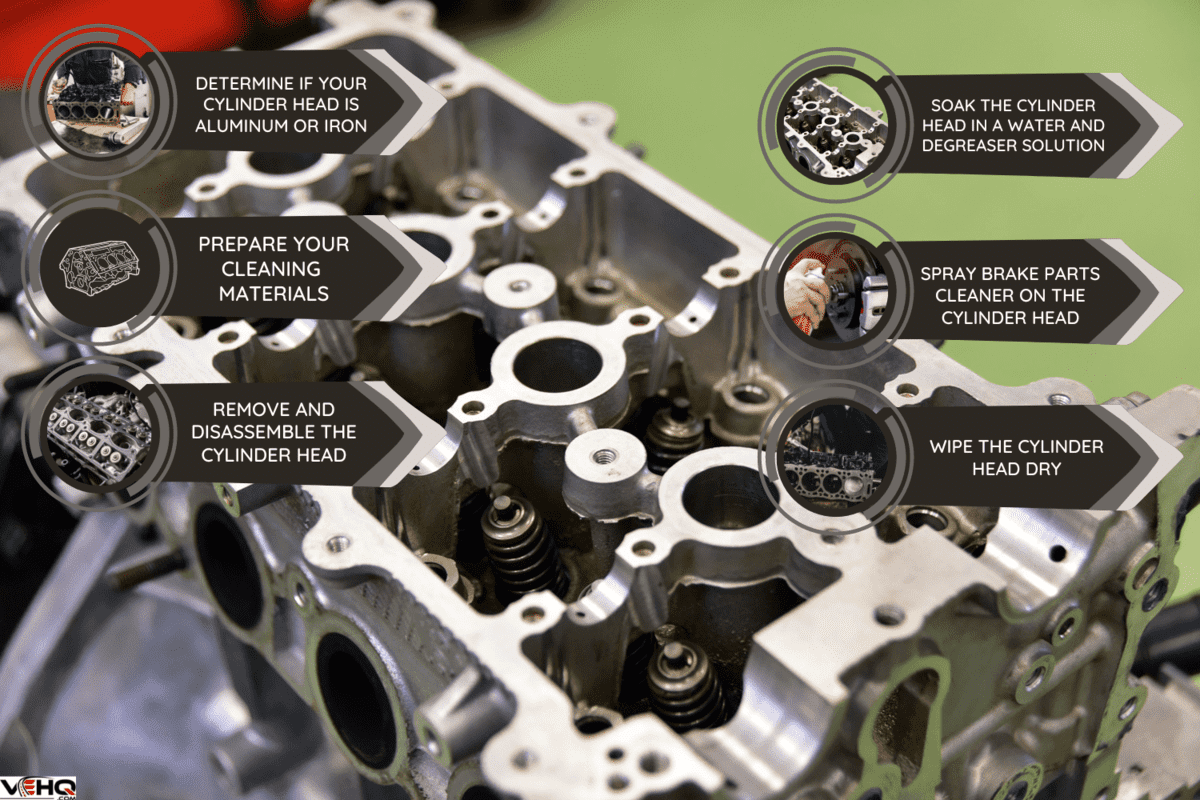
What Is The Main Symptom Of A Clogged Cylinder Head Drain Hole?
Cylinder head drains are small holes located right beside the valves, just opposite to the cylinder head mounting bolts. Their function is to allow oil to be recirculated to the sump to be reused by the engine.
When your engine has not been running for a while or if you haven't been changing oil as you should, oil residue can build up and form sludge in the drain holes. This sludge can harden and block the drain holes, causing the inefficient distribution of oil and increased wear on your engine components.
You don't need to remove and take your car's cylinder head apart to know if it's clogged or not. Smoking is the main symptom of cylinder head drains that have become blocked with hardened sludge.
So whenever you start seeing unusual, bluish smoke coming from your exhaust pipe, there's a good chance that you have a clogged cylinder head drain.
How To Clean Your Cylinder Head
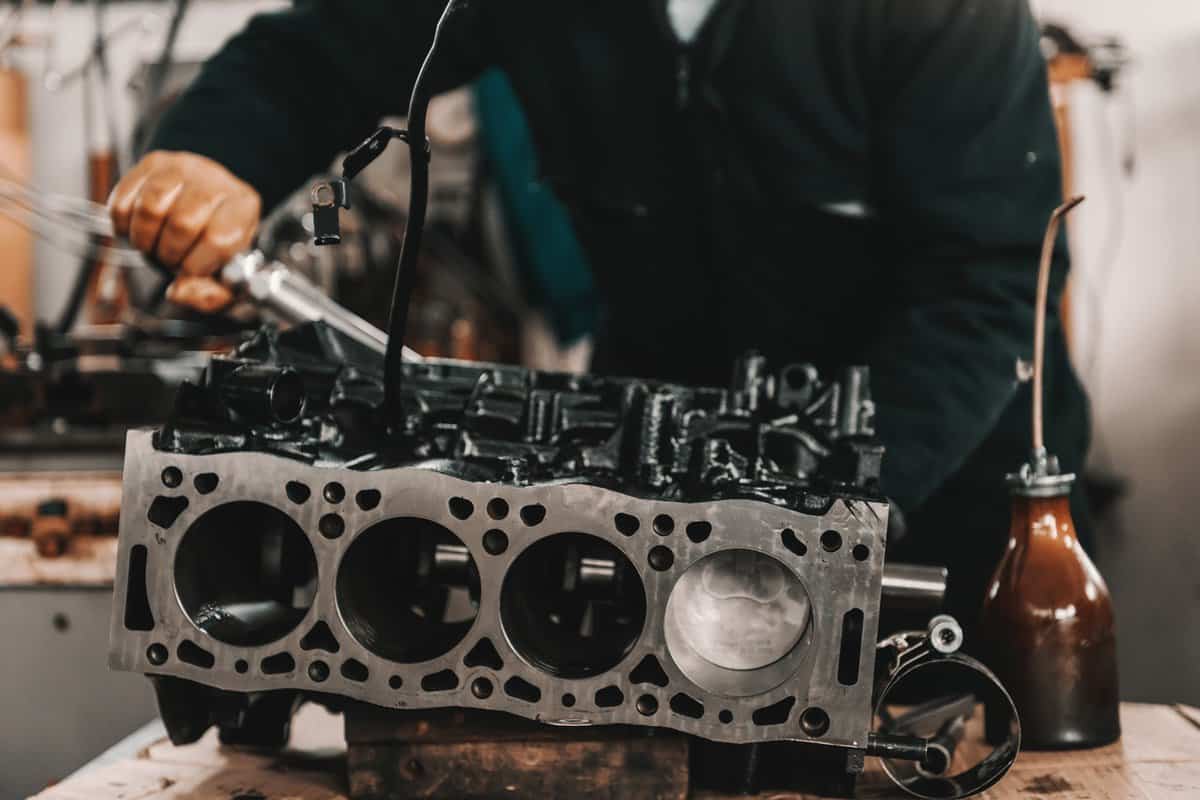
The cylinder head is the part of the engine that controls the airflow necessary for proper combustion. This is also where the spark plugs and valves are located.
You may find yourself dealing with costly repairs later if you consistently fail to clean your car's cylinder head when it's time to do so. Below are the steps to clean your car's cylinder head:
1. Determine If Your Cylinder Head Is Aluminum Or Iron
The type of material your car's cylinder head is made of determines the kind of cleaning tools you'll need. Remember that you'll be dealing with hardened sludge in the cylinder head drain holes so it will certainly take a lot more effort to get it clean on an aluminum surface.
Aluminum is softer than iron so you have to be picky on the kind of brush or scrubbing pad you use. Applying too much pressure on an aluminum surface using a ball of steel wool or a scraper could cut right through the material.
If you're not sure if your cylinder head is made of aluminum or iron, just place a magnet on its surface. You'll know if it's iron if it sticks, otherwise, it's aluminum.
2. Prepare Your Cleaning Materials
You'll be needing the following cleaning materials for this task:
- All-purpose cleaner and degreaser
- Brake and parts cleaner
- Scrubbing pads
- A container that can accommodate your cylinder head
- Engine cleaning brush
- Microfiber cloth
Since you will be poking through drain holes to de-clog them, it's highly recommended that you use an engine cleaning brush or similar. Find this set on Amazon.
3. Remove And Disassemble The Cylinder Head
Removing the cylinder head from the engine is an absolute necessity if you want to get the head and other parts of it clean. When disassembling, you're going to want to start with the bolts that hold the head in place. Once you've loosened those, you can then work your way down to the last bolt.
However, you can't just loosen the bolts like they're ordinary bolts that you see in your home's gate. Each of the bolts has its torque specification and has to follow a sequence when installing and uninstalling a cylinder head.
This sequence allows the cylinder head to be removed without negatively affecting the surface upon which it is sitting, namely the cylinders themselves and the combustion chamber.
Metals become malleable in high temperatures so a slight deviation in the torque setting could potentially deform the surface and affect the pressure in the combustion chamber.
The procedure for removing the bolts will vary from engine to engine because some cars have more cylinder heads, therefore, more bolts to deal with. The sequence is shown in the video below and is the most universally-accepted sequence.
4. Soak The Cylinder Head In A Water And Degreaser Solution
To remove the sludge and carbon deposits that have built up in your cylinder head, it's necessary to thoroughly clean the entire system. You can do this by soaking the cylinder head with a solution that contains a mix of water and an all-purpose degreaser.
Once you have the cylinder head soaked, let it sit for an hour. This will allow the solution to penetrate every nook and cranny of the cylinder head and loosen up the sludge.
You'll be able to scrub the surface clean with a scrubbing pad and run through the cylindrical engine brush into the drain holes. It will be much easier to clean when the carbon deposits and sludge have loosened up.
Check out this all-purpose degreaser on Amazon.
5. Spray Brake Parts Cleaner On The Cylinder Head
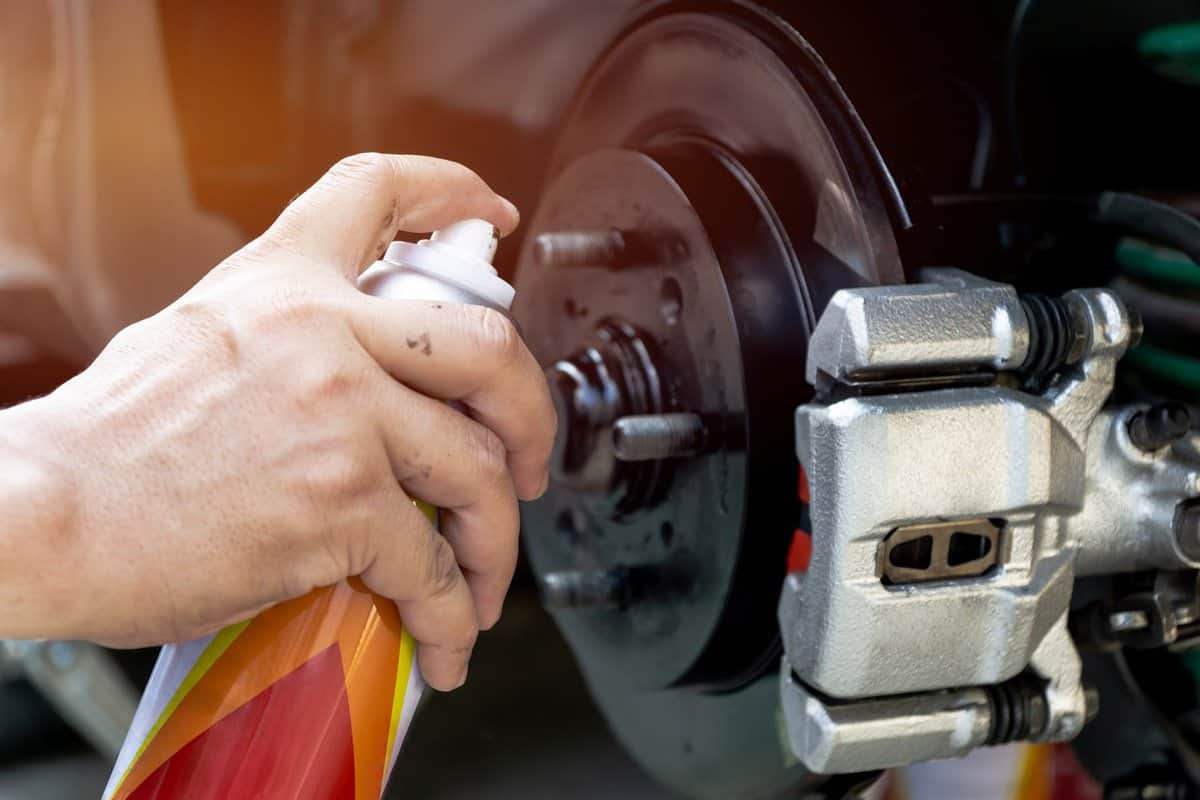
In general, step 6 of this process is to initially loosen up the dirt and grime that's accumulated. However, there are some cases when the clog is so severe that it's not possible to loosen it up by using a degreaser solution.
In this case, you can spray brake parts cleaner on the cylinder head while scrubbing its surface off with a scrubbing pad and brushing the insides of the drain holes.
Depending on the severity of the clog, you have the option to let the brake cleaner sit for an hour in the drain holes to make sure it completely breaks down the clog at the molecular level. You can then resume brushing until the clog is gone.
6. Wipe The Cylinder Head Dry
Using a microfiber cloth, wipe the surface of the cylinder head dry and make sure you reach every nook and cranny. You will want to make sure the cylinder head is completely free from moisture before reinstalling it back to the engine.
This is also the perfect time to replace the cylinder head gasket while the cylinder head is still out. The video below should give you an idea of how the whole process from step 1 to step 7 is done with some additional recommendations to improve the process.
What Are The Telltale Signs Of A Damaged Cylinder Head?
A damaged cylinder head is one of the most difficult things to detect physically. Therefore, you should make sure to inspect the head regularly, especially if your car has high mileage. It might not always cause immediate harm, but it can lead to a host of other problems.
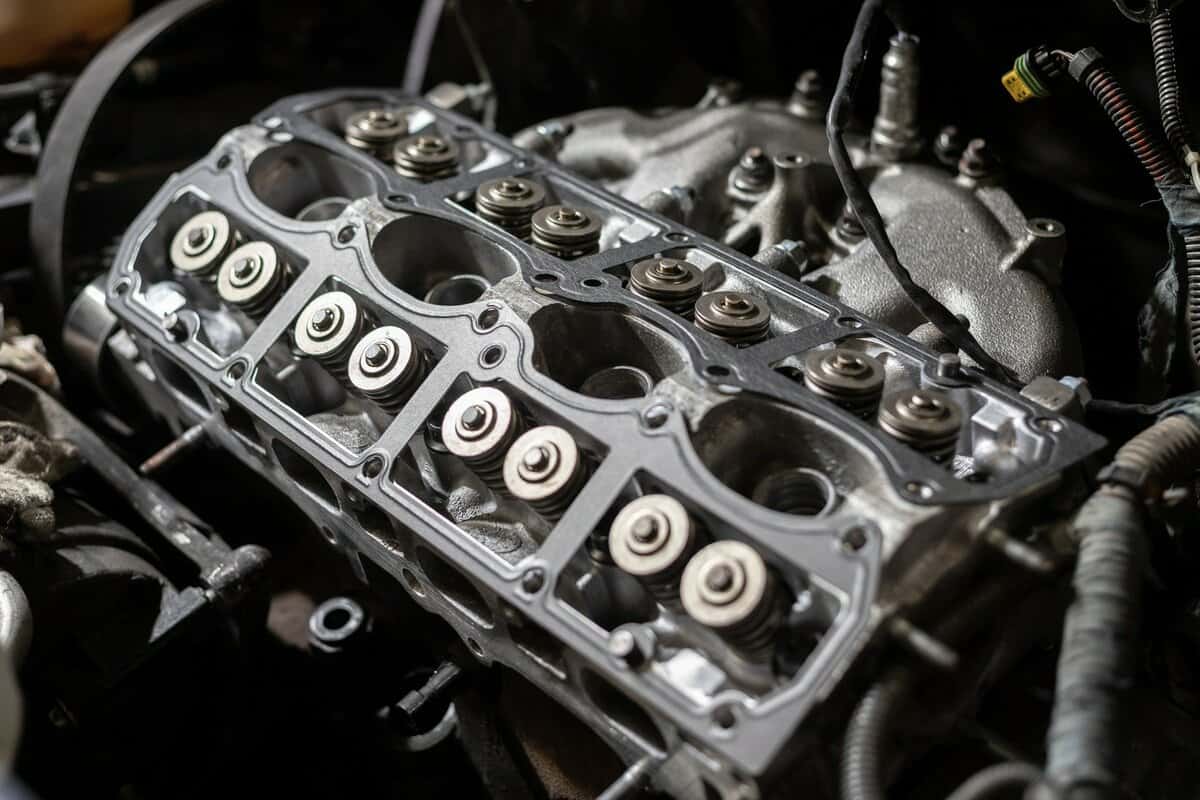
Engine Overheating Due To Low Coolant Level
Typically, if you find that your car or truck has started overheating, you probably know that you need to check the radiator. The radiator is the part of your vehicle that keeps the coolant from boiling.
If the coolant boils, it loses its ability to carry heat, and the temperature inside the engine rises. If the temperature is too high, the engine may seize up and stop working.
However, you may not have a bad radiator in this case but a leaking coolant that is caused by a damaged cylinder. Such a leak will gradually reduce your coolant levels until it becomes too low and intolerable it will cause your engine to overheat.
Engine Misfiring
Cylinder heads are engine components that cover the combustion chamber. A damaged cylinder head would mean leaking in the combustion chamber. Such a leak causes compression loss.
When air and fuel are introduced into the combustion chamber to produce power, the combustion process will not be as efficient as it should be since the leak will cause an imbalance in the air-to-fuel ratio.
This explains why you sometimes hear a loud bang in your car or something like an intermittent or random "farting" so to speak.
White Smoke Coming Out Of The Muffler
A white smoke emission is when coolant from a car's cooling system is leaking into the combustion chamber. Coolant is usually a mixture of antifreeze and water. When coolant leaks into the combustion chamber, the resulting combustion of fuel causes the air/fuel mixture to burn the coolant and create smoke. The smoke is generally white.
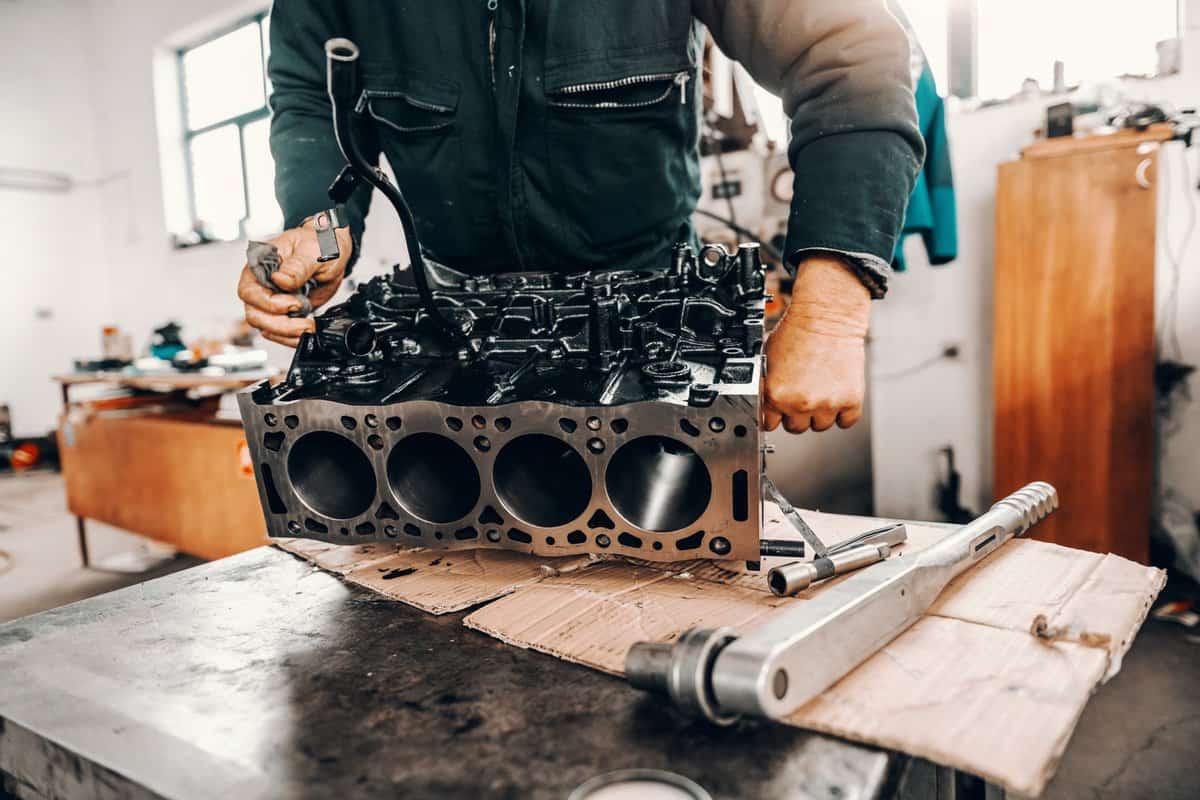
How Much For A Cylinder Head Replacement?
A cylinder head replacement costs between $2,000 and $4,000. The price can vary depending on the model of your car, the year it was manufactured, and the labor cost. Replacing a cylinder head requires a great deal of specialized knowledge and equipment. It is not a DIY project you should attempt unless you are comfortable performing these tasks.
In Closing
Nobody wants to deal with a clogged cylinder drain back hole. That is why we are always looking for a quick solution to take care of the issue. This way, we don’t have to spend our time waiting for a mechanic to fix the problem.
All we need to do is to follow the steps outlined above and the job is done. You can avoid a trip to the mechanic if you always keep in mind that clean gasoline and regular oil change are the keys to a clean engine and a combustion chamber.
You might also like:
Are Engine Heads Interchangeable?
Can You Replace A Head Gasket Without Removing The Engine?
Will Head Gasket Sealer Ruin An Engine? [Can It Cause Engine Damage?]


